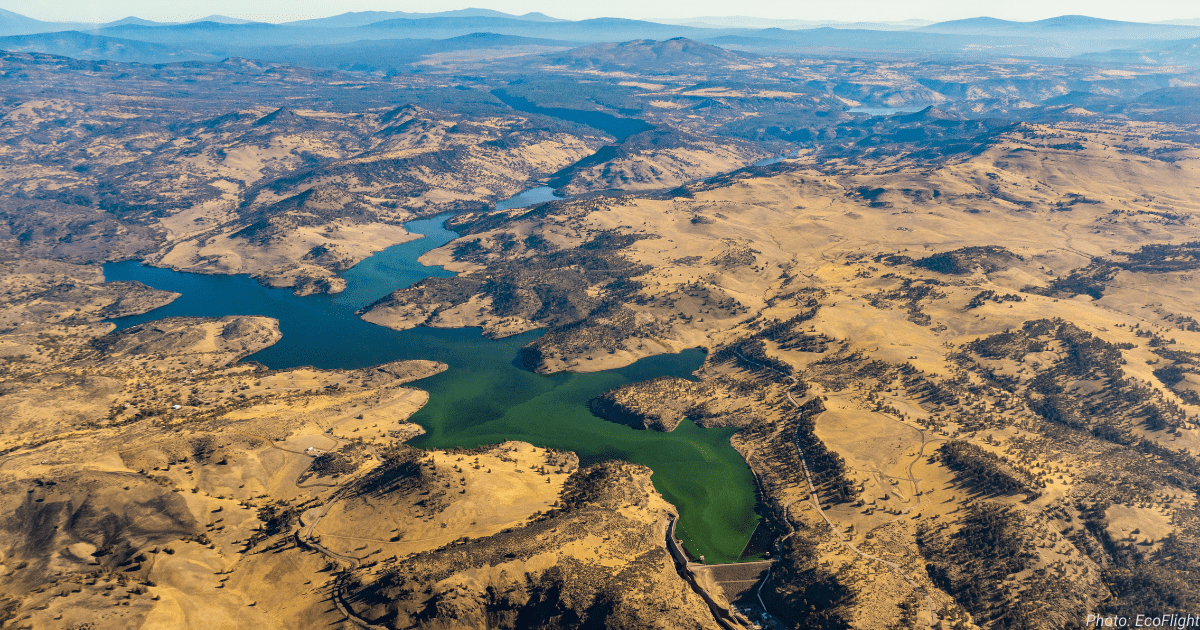Big News for the Klamath!
The Federal Energy Regulatory Commission (FERC) today approved the transfer of the license for the Lower Klamath Hydroelectric Project (Project) from PacifiCorp to the Klamath River Renewal Corporation and the states of Oregon and California, as co-licensees.
This is a crucial step towards achieving a free-flowing river and getting the four lower Klamath dams removed, which has been at the core of CalTrout’s mission for over 20 years. The project will constitute the largest dam removal and river recovery effort in U.S. history.
FERC issued the following statement:
“Today’s order confirms that the Renewal Corporation has the ability, financially and otherwise, to undertake dam removal, and with the states, as co-licensees, the necessary legal and technical expertise required for such a huge undertaking. The surrender application is still pending before the Commission and is awaiting further environmental review as required under the National Environmental Policy Act. The Commission will continue to engage with all parties and stakeholders to ensure everyone has an opportunity to participate in the surrender proceeding.”
This monumental decision validates decades of work on the part of more than 40 partner organizations, including the Karuk, Yurok, and Klamath Tribes, the states of California and Oregon, and commercial fishing and conservation groups.
“After 20 years of CalTrout involvement on this landscape-altering project, and the finish line just now coming into view, I’m in awe of the dedication and persistence of so many—including our incredible community of partners, members, and staff—and the lasting impact that we are making,” said Curtis Knight, California Trout’s Executive Director.






2 Comments
Thanks for some good news!
Any need for help with the restoration of the watershed?
Well Done by all parties!